What is the ratio of material to water? What’s its effect in beer production?
.jpg)
The ratio of material to water just mean the ratio of raw materials and water used in mashing. It depends the concentration of the first wort. In general, we will get the first wort with 16 °P with 100kg raw materials and 400kg brewing water.
The avaliable formula for computing the water used in mashing as below:
N——The concentration of the first wort, %
E——The extracts rate of raw material,%
V——How much water will be needed for 100KG raw material, L
If any other grain been used for supplementary materials, should firstly calculated the extracts rate according to the ratio of malt and auxiliary material, then calculated with the formula. Because there are some water was evaporated during boiling, the actual water consumption will be a little higher than calculated value.
The material-water ratio in mash tun is higher, usually about 1:3.5. The high gravity mash is good for the protein's decomposition. The material-water ratio in rice paste pot is lower, generally about 1:5.0. The thin mash is good for the gelatinization and liquefaction of the starch.
(1) The thicker of the mash, more stable the enzyme is, but the reaction rate is lower.
The β-Amylase will produce more fermentable suger if based on high gravity mash; now the proteinase is much more stable and will produce more soluble nitrogen and amino acid.
(2)When the mash with concentration 8%-16%, it nearly no influence for the enzyme. But whent he concentration exceed 16%, the reaction of the enzyme will be lower. So the first wort concentration of the pale beers should within 16%, but for dark beer, it can be higher with 18-20%.
(3)The extract yield will be effected no matter the mash is thicker or thin. If too thick, there will be too much residual sugar left in the spent grain, it will effect the extract yield; but if too thin, there will be less sparging water been used which cannot totally washed, it also will effect the extract yield.
(4)The thiner mash can be adopted by pale beer, the material-water ratio generally is 1:(4-5), less sparrging water been used and less concentration difference between the first wort and final wort; the dark beer can be brewed with thicker mash, generally the material-water ratio will be 1:(3-3.5), then more flavor component will dissolve into the mash.
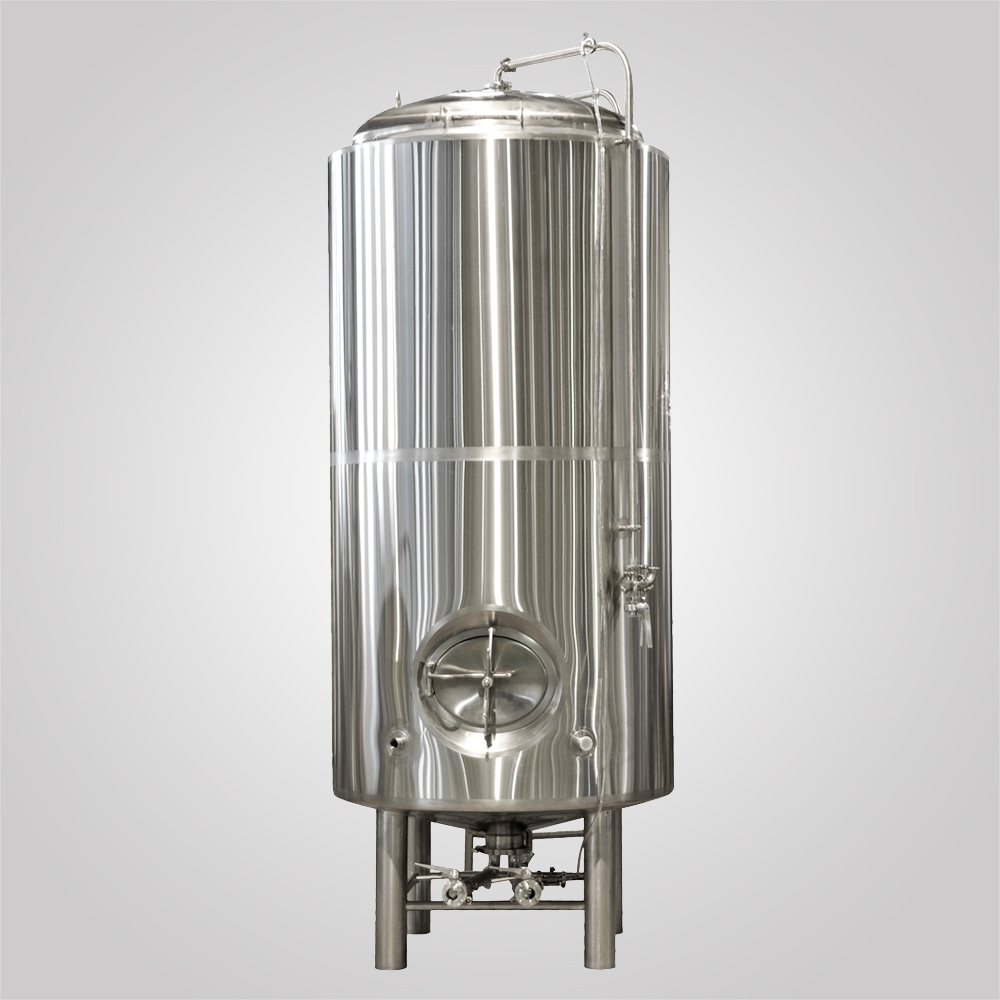
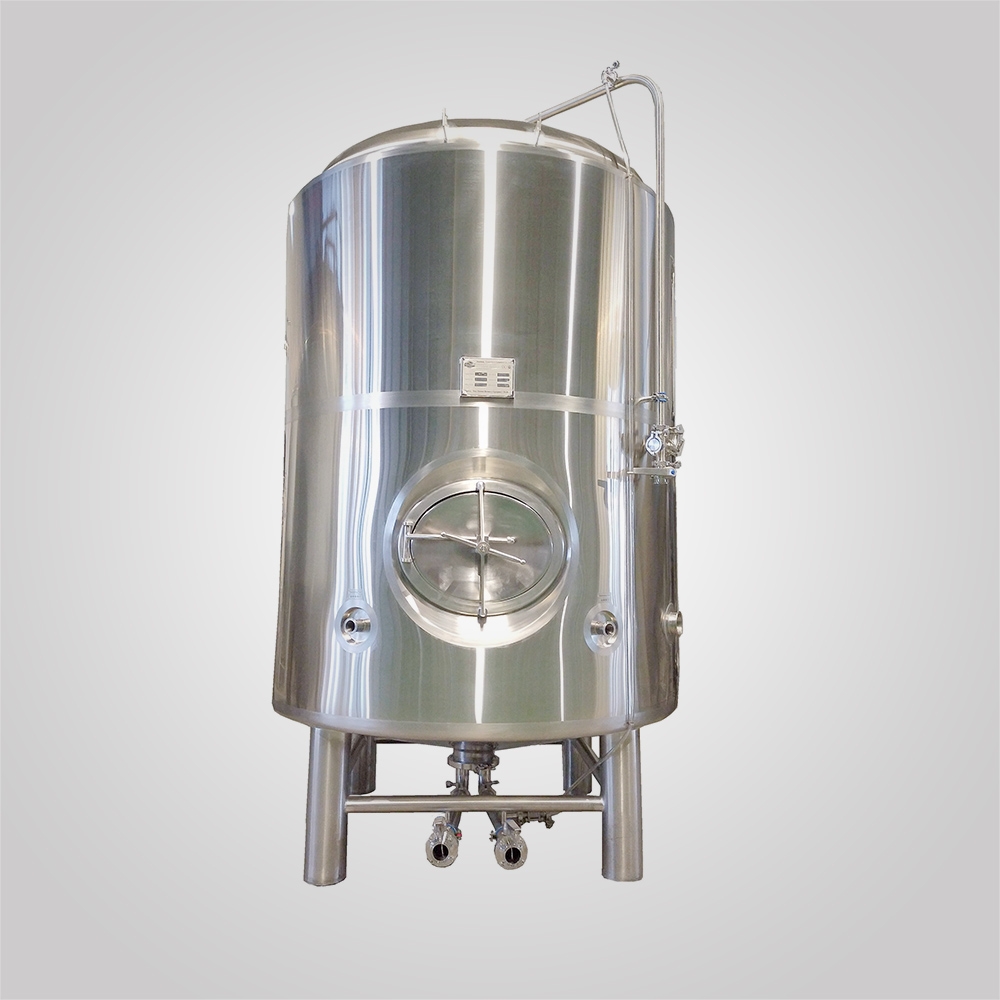
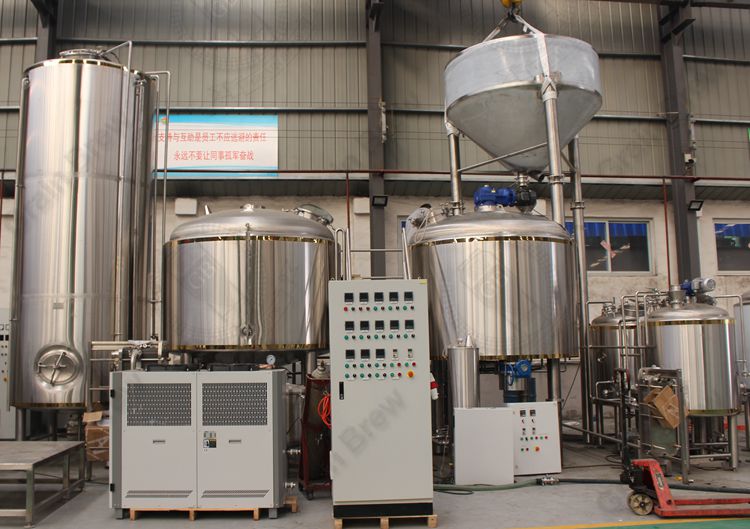
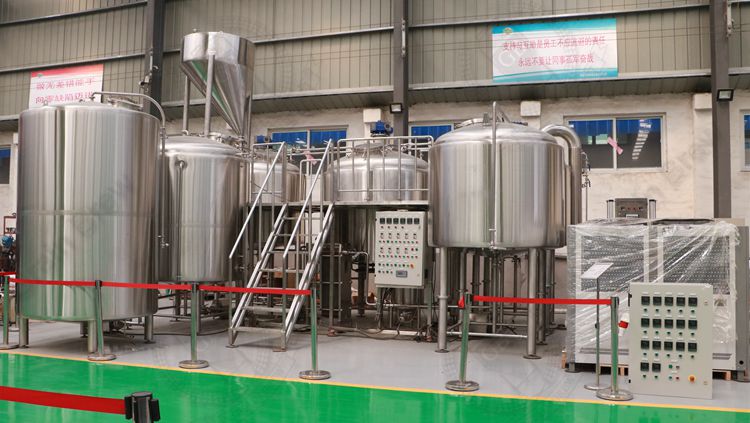
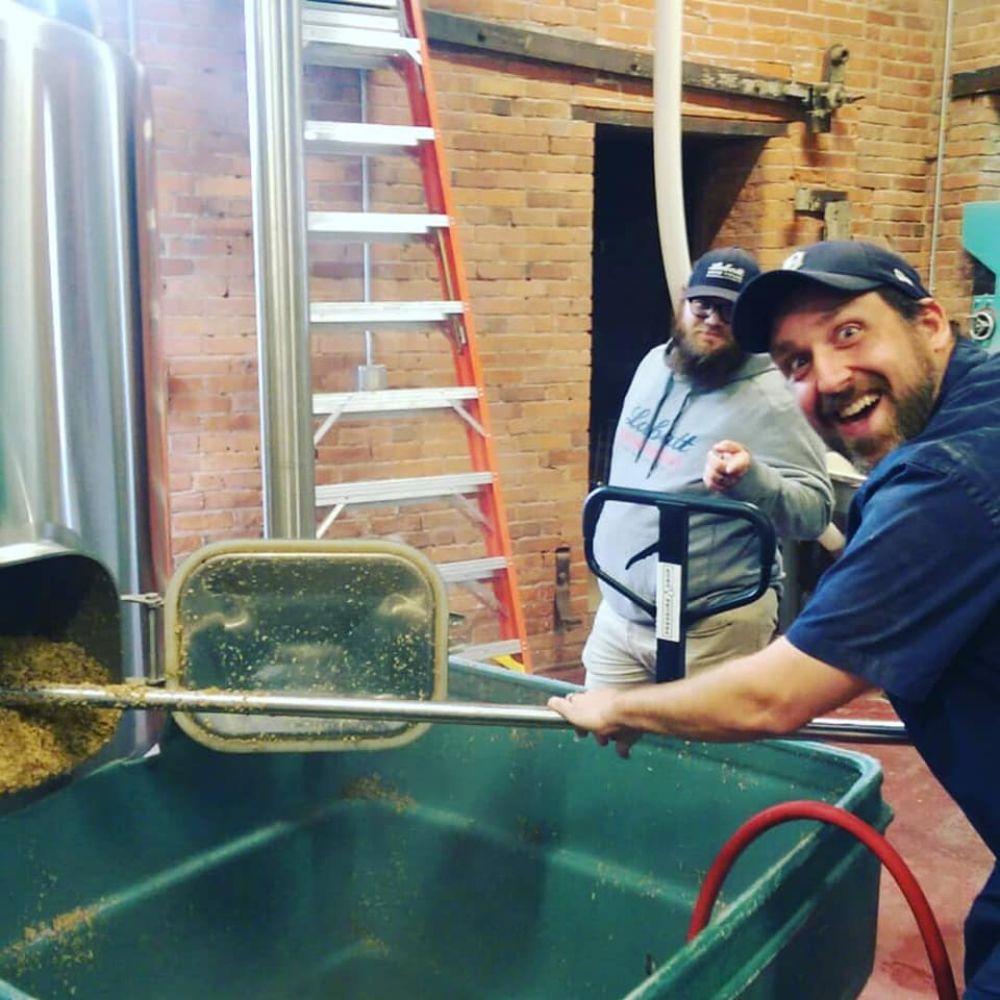


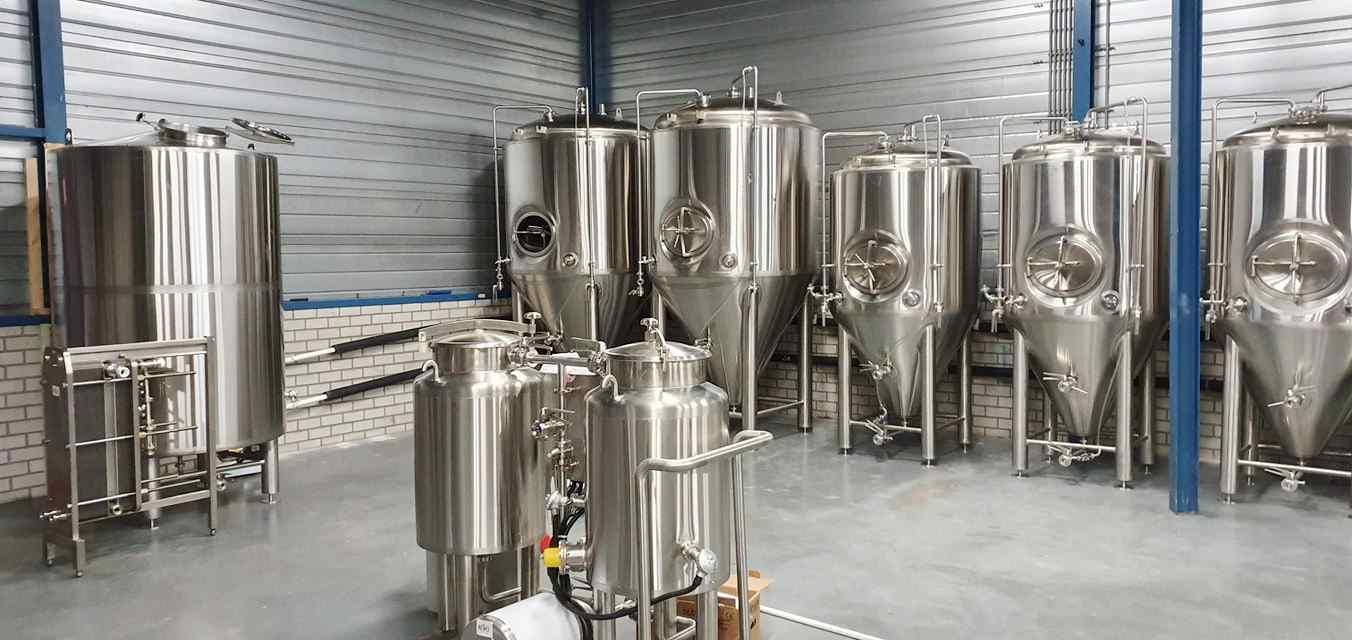
.jpg)

Leave a Comment